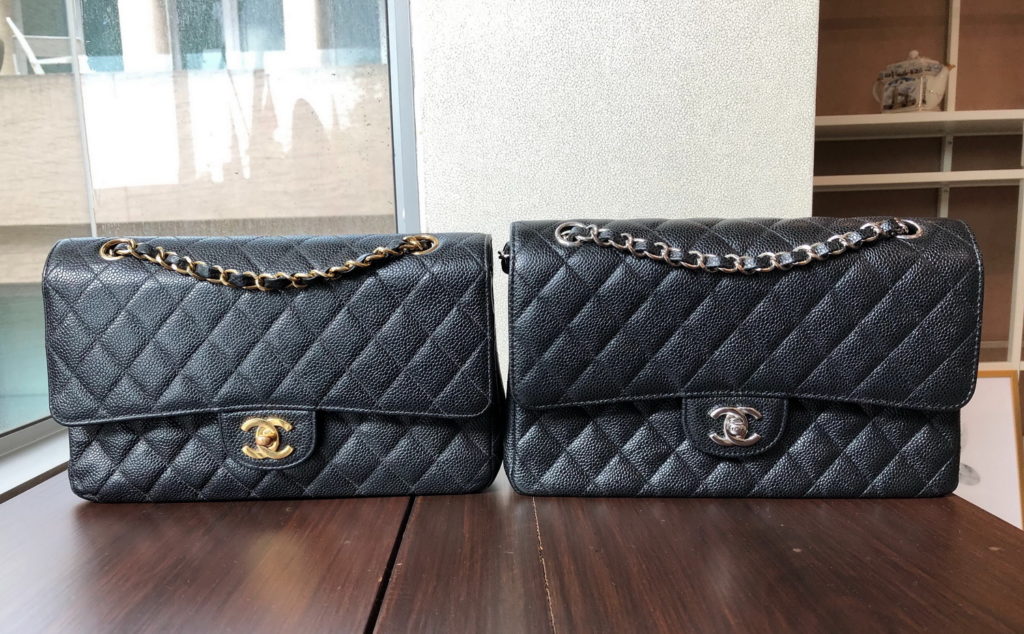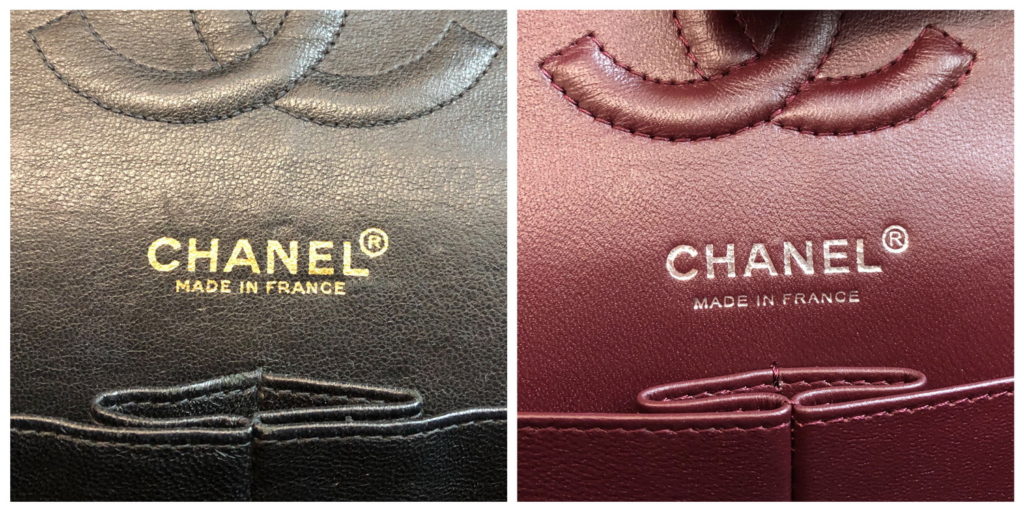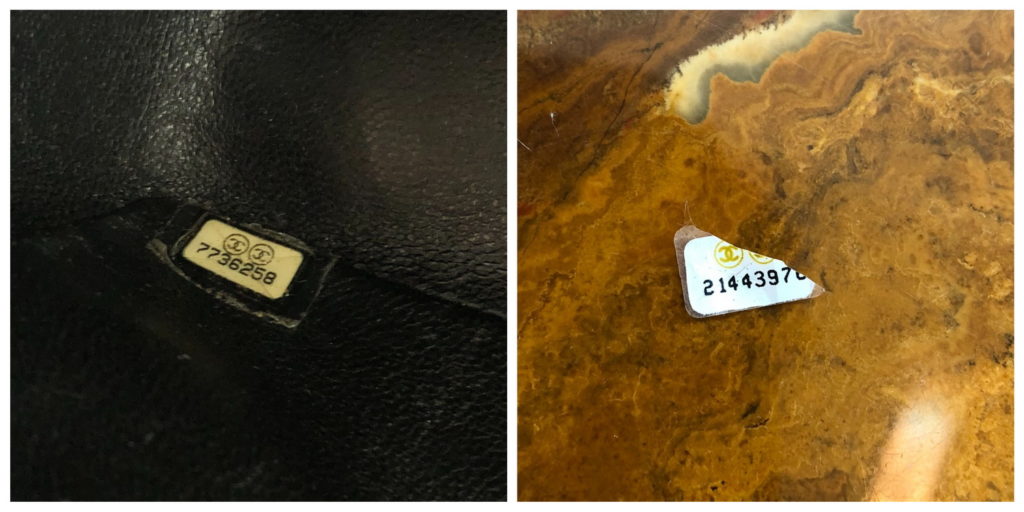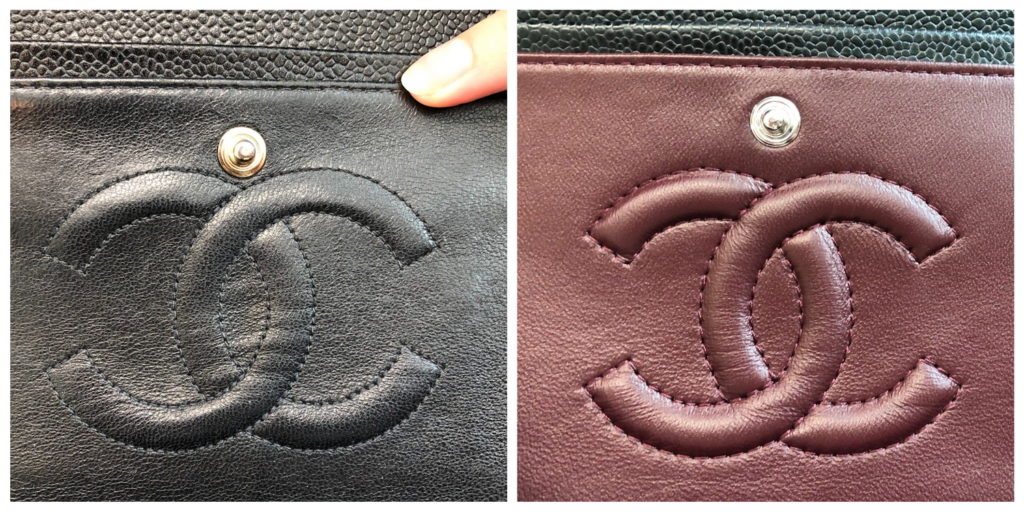When it comes to telling the difference between a knockoff Chanel bag and the real deal, the devil is truly in the details. Is its stitching uniform and seamless? Does the grain have a soft leathery feel or a vinyl toughness? How close is its fastener to the embossed logo?
The difference can mean paying handsomely for someone’s expert forgery versus obtaining a fashion treasure – especially for brand addicts, vintage-hunters and investors looking for lower price tags.
These are things Somrutai “Aon” Sangchaiphum knows all too well as her eyeballs have studied thousands of bags over the past six years. The owner of SF Brandname, Thailand’s only second-hand luxury fashion shop with authentication service, opened up about the delicate work of product authentication in a nation famous for the quality of its counterfeits.
It began with a single bag. Before Aon opened her shop in 2014, her teenage dream was to own a Balenciaga City bag. Her parents weren’t going to pay for it, so she had to save her allowance to purchase one second hand.
But, as everyone in the brand-addict circle knows, it never stops with that first taste. When the young girl with no job or parent’s credit card wanted her next luxury bag, her only choice was to resell the one she had.
“I could sell the bag at the same price as when I actually bought it, so I thought of it as ‘a usage profit’ and decided to make money out of reselling these things,” she said.
That’s when she realized it could be a business opportunity for her.
Big Fake Business
Southeast Asia is no stranger to counterfeit goods and its black market for knockoffs of handbags, watches and electronics generate upward of $35.9 billion (THB1.1 trillion) annually, according to the UN Office of Drugs and Crime in 2019. Just last week, police arrested a 50-year-old Chinese man on the western outskirts of Bangkok with a warehouse filled with thousands of fake apparel and bogus bags imported from China. It had a market value of over THB100 million ($3.2 million).
The fake handbag and luggage industry was blamed for costing manufacturers EUR1.6 billion (THB59 billion) this year, according to a March report by online stats firm Statista.
While there are people who knowingly buy fake goods, most patrons are unwitting victims of fraud.
While some experts protect their knowledge, Aon believes in spreading the knowledge to make the public savvier consumers. Two years ago, she partnered her shop with four brand name experts to launch a consumer course on how to catch fakes. They were in part inspired by all the questions asked in collectors’ online groups.
“There are so many posts in those groups each day asking a kind-hearted member to help them check whether the preowned items that they bought are authentic,” she said. “We can help some but not all, because there are so many. There are even people who have tried to resell duplicates at our shop, and they look very real these days. However, we have never missed one.”
Spot the knockoff
Having seen copycats so indistinguishable from the real – sometimes only a scent can give them away – Aon said it’s best to see items in person for a thorough inspection. And, she insisted time and again, one should never, ever rely on just one feature for verification.
With that, the young expert laid out the basic guidelines to authenticate one of the world’s most popular bags, the Chanel Classic bag.
“The price for the 10-inch Chanel Classic bag in caviar skin shoots up every year,” she said. “Last year it was priced at THB191,000 and now it’s around THB220,000 [US$7,000]. That’s why people buy the preowned, not the new ones. It’s a shortcut to turn a profit. It takes 10 years for a newly bought Chanel Classic bag to be resold at a profitable price, and the bag has to be preserved in good condition.”
To compare a real Chanel and high-grade dupe side-by-side, she suggested looking at four features: stitching, material, smell and detailing.

First of all, as said at the start, the stitching of a real Chanel bag should be neat and slanted rather than straight, with minimal gaps between. The overall diamond pattern should look continuous and all in alignment. However, Aon said that’s the least important feature to look at because it’s the easiest to copy.
In terms of material, she said the bag’s grained texture should feel leathery, as it’s made from pebbled calfskin and will grow softer over time. Copycats, on the other hand, are usually made from PVC leather and feel quite hard to the touch. She said it should have an authentic leathery scent, but that’s something even the real material can lose over time.
After checking all of the outer shell, one should keep digging and study the detailing of the bag. According to Aon, typefaces and lettering are the Achilles’ heel of the forger.
“Fonts of the bag’s hologram number and brand stamping are important details to look at,” the preowned luxury maven said. “Fonts in the stamping of the real Chanel are way thicker, looking especially at the ‘R’ in the circle.”
On the hologram sticker placed inside the bag, she describes that the code number should look “digitally printed” for a real bag while fakes are more likely to look “stretched and typey.” The stickers on authentic goods should have an X-crossed cut adhere well to the bag.



The expert’s last tip is to look at the positioning of the snap above the brand’s embossed logo on the bag’s flap. She said the stud should be placed very close to the logo while it is much higher for the fake.
Authenticating high-fashion items is a complicated art that can lead to serious migraines, so the last recommended resort is to turn to technology. SF Brandname uses authentication devices by New York-based Entrupy, which claim to have a 99% success rate. Aon says her shop is the only in Thailand to use the tech. Authentication services there start at THB2,500 per bag.
Related
Fake Out! Fake cops run fake raid to steal fake designer goods
Why you shouldn’t buy fake brand name products in Bangkok
It Bag: Thai officials deny Balenciaga copied common Thai plastic bag




